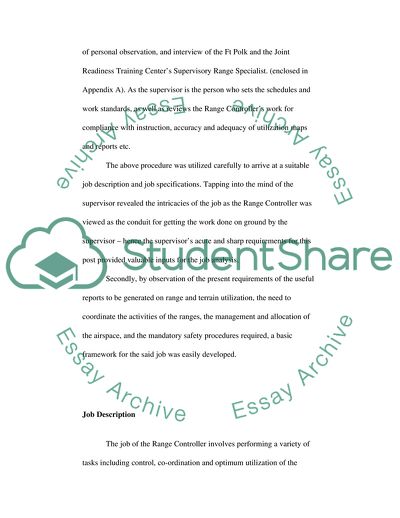Cite this document
(The Job of the Range Controller Analysis Assignment, n.d.)
The Job of the Range Controller Analysis Assignment. https://studentshare.org/human-resources/1703531-job-analysis
The Job of the Range Controller Analysis Assignment. https://studentshare.org/human-resources/1703531-job-analysis
(The Job of the Range Controller Analysis Assignment)
The Job of the Range Controller Analysis Assignment. https://studentshare.org/human-resources/1703531-job-analysis.
The Job of the Range Controller Analysis Assignment. https://studentshare.org/human-resources/1703531-job-analysis.
“The Job of the Range Controller Analysis Assignment”. https://studentshare.org/human-resources/1703531-job-analysis.


